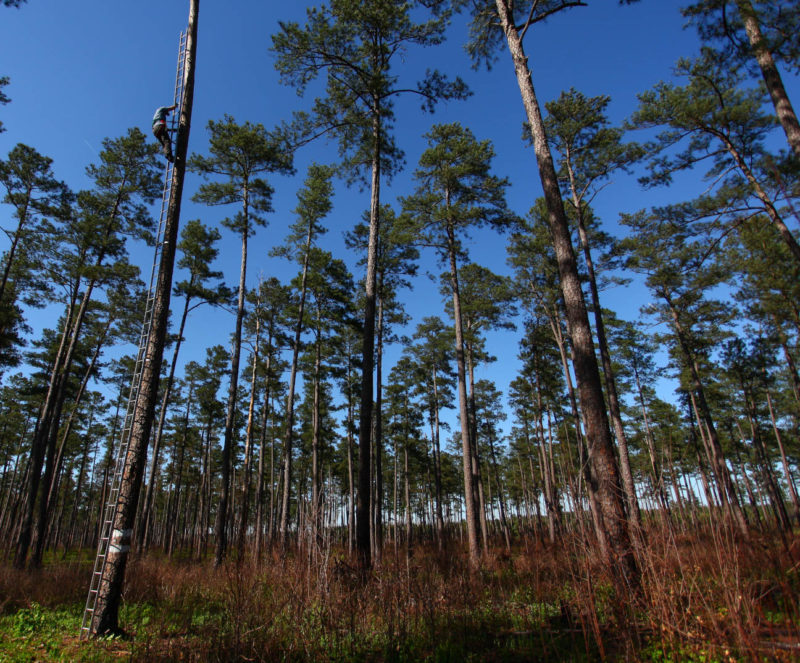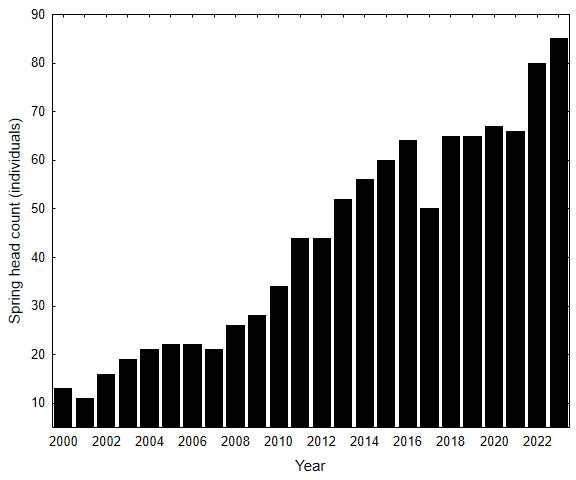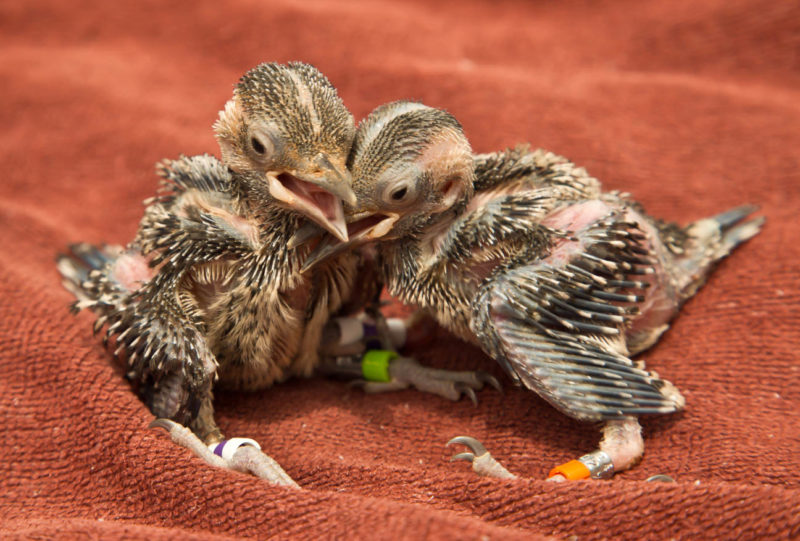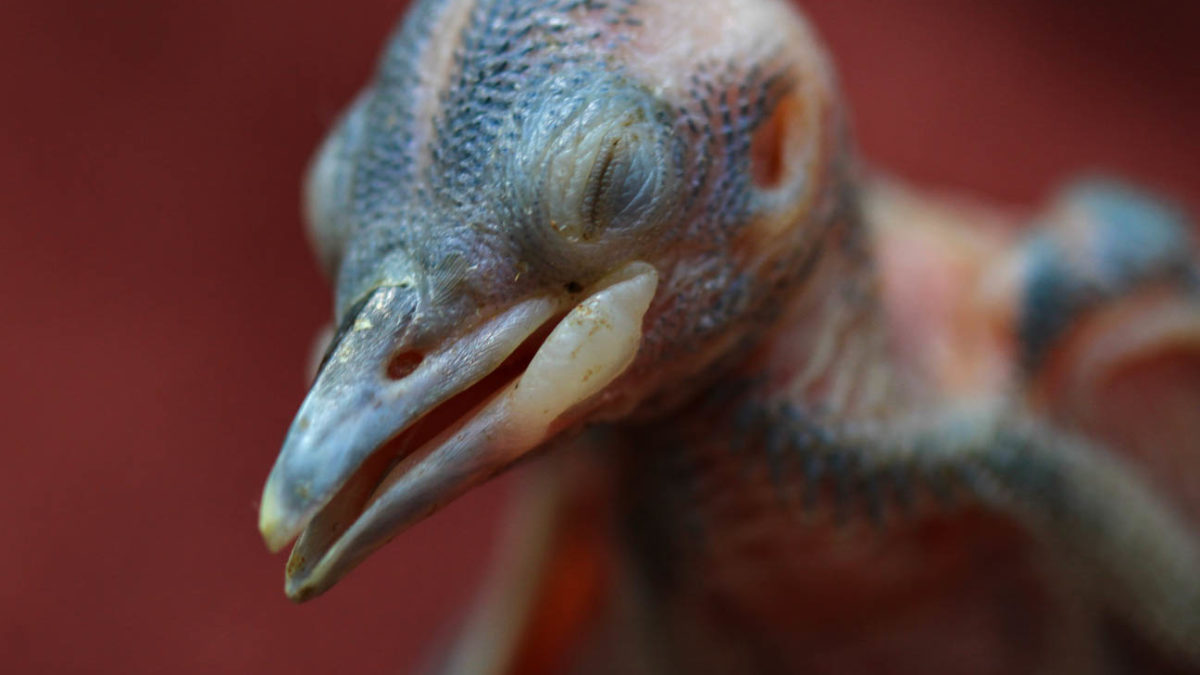Woodpecker recovery within Piney Grove Preserve: A retrospective

The Center for Conservation Biology documents unprecedented osprey nest failures within the lower Chesapeake Bay
July 14, 2023
Laughing gulls continue to lose ground
October 3, 2023By: Bryan Watts
9/29/2023
By the early 1990s, the conservation community had reached a critical point of decision about the future of the red-cockaded woodpecker in Virginia. Either step up to the challenge whatever comes and commit to maintaining the population or watch the birds dwindle away. We were racing toward a critical point of no return. Since the benchmark work of Steirly in the 1950s and the systematic surveys by Byrd and Miller in the late 1970s, we had watched the population decline sharply as old-growth pinelands were harvested by the timber industry. Of 8 woodpecker clusters described by Steirly in the early 1950s, 5 were harvested while under his observation. Of 60 clusters documented after the mid-1970s, 52 were harvested. Sites that remained in 1990 were so choked with hardwoods that the birds were barely hanging on.
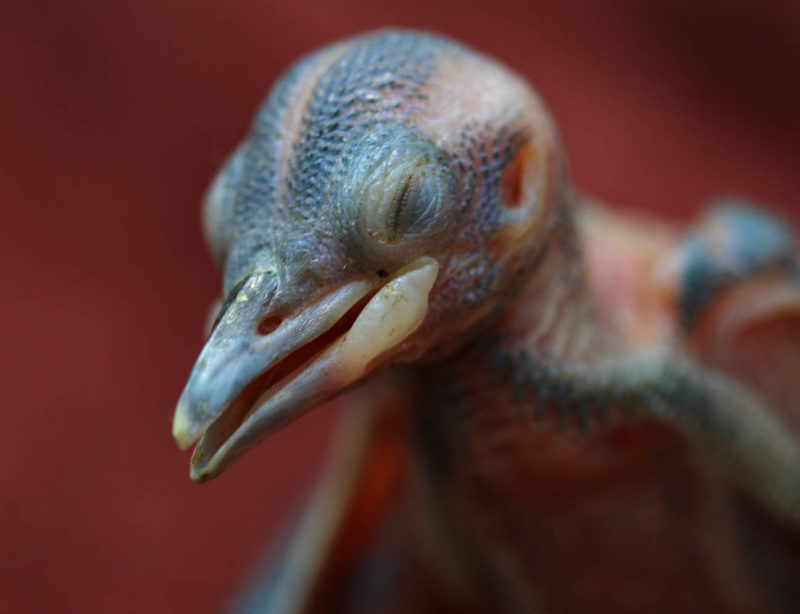
The central barrier to management and recovery of the woodpeckers was land ownership. All the occupied sites were owned by the timber industry or private families. Ownership severely limited our opportunities to manage habitat for the birds. But in 1993 an unexpected crack in the wall appeared as the Hancock Timber Resource Group (a subsidiary of the John Hancock company) purchased pinelands containing five woodpecker clusters. During this time, Hancock was purchasing forest lands with a specific estimated rate of return to include in environmentally conscious retirement portfolios. Hancock initiated a hardwood removal program on their acquired land to improve habitat quality for woodpeckers. Over time Hancock determined that it would be difficult to sustain the cost of long-term habitat maintenance and began to seek a buyer.
In 1998, the Virginia Chapter of The Nature Conservancy (TNC) purchased 1,100 hectares of Hancock land in Sussex County that supported three red-cockaded woodpecker groups. The purchase was an incredibly bold move representing the largest acquisition in the chapter’s history to that time and a statement of commitment to the woodpecker and the broader pine ecosystem in Virginia. In the years that followed, TNC would face obstacle after obstacle in expanding the preserve and managing the habitat. With each new barrier, TNC staff would dig in and overcome. The incredible habitat and expanding woodpecker population supported by Piney Grove are both testaments to resolve and commitment.
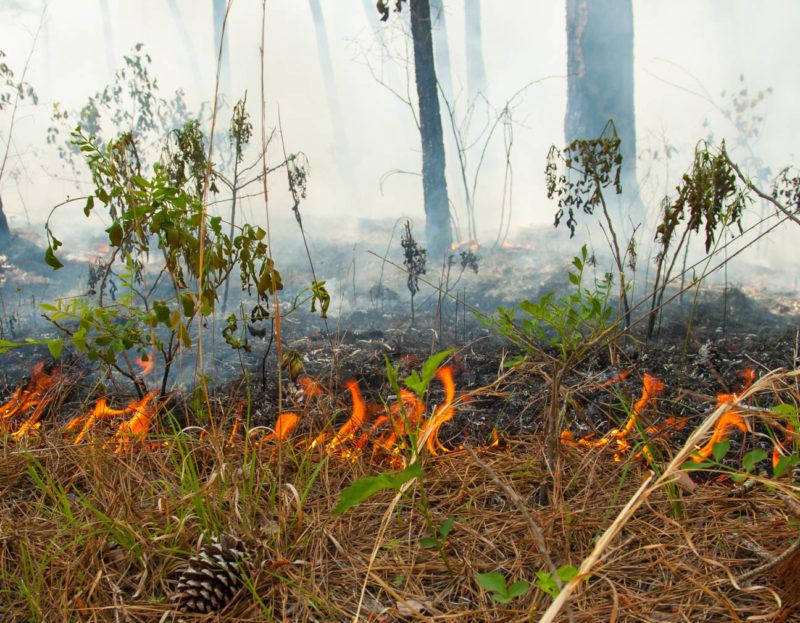
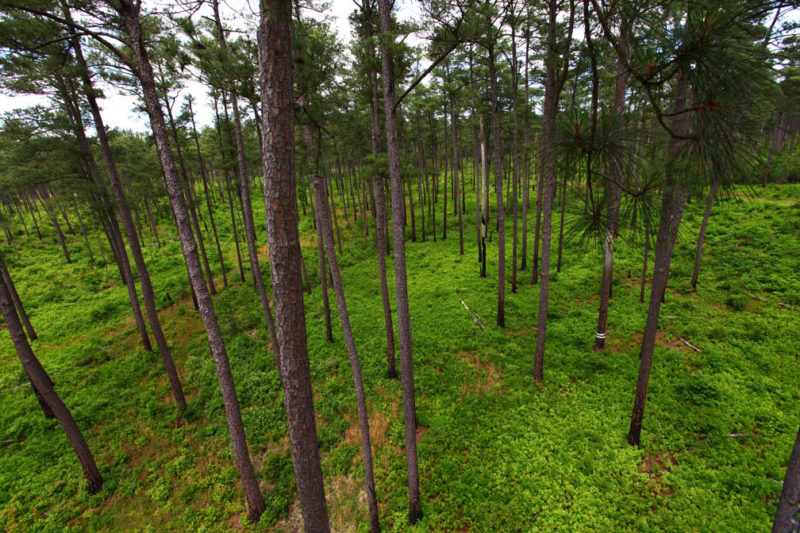
Leader of the pack within the Virginia Chapter was Michael Lipford. Michael was the force behind the bold purchase of Piney Grove Preserve and the relentless effort to make it a success. During the early years of the work to turn the woodpecker population around, Michael would often state, “It’s not going to wink out on my watch.” He provided the inspirational leadership for the success of Piney Grove and a long list of other major TNC projects in Virginia that followed. On 26 May of this year, Brian van Eerden rallied a group of “old timers” who were there in the early years of Piney Grove to meet on site for the surprise naming of the Lipford Path in recognition of Michael’s contributions to the preserve and beyond. After some tributes to Michael and reflections on successes, Brian declared that, “The road and trail that winds through some of the most picturesque habitat on the preserve will forever be known as the Lipford Path.” Many old memories were exchanged about the early years.
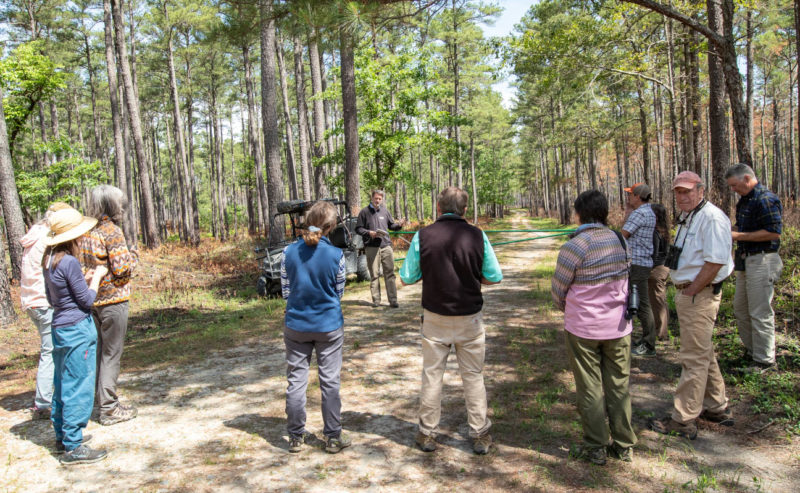
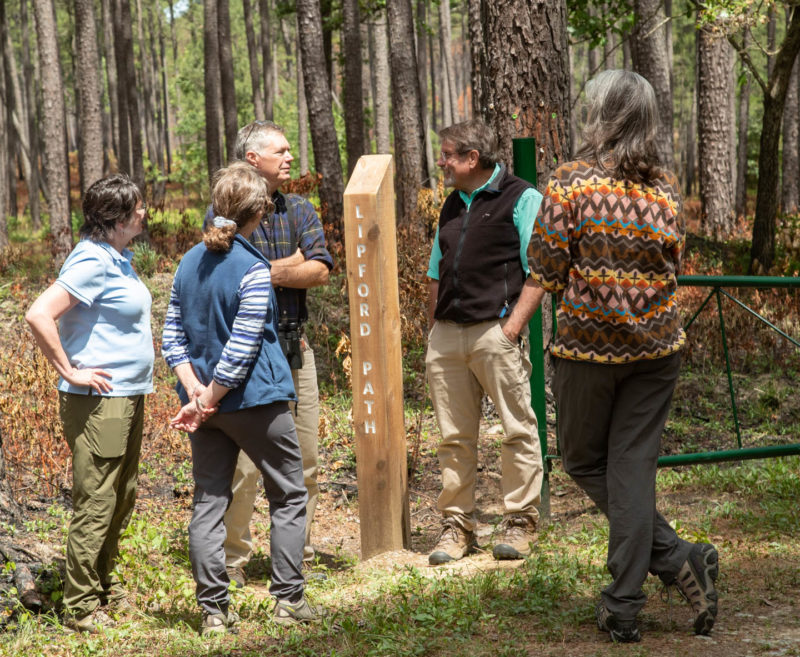
Since the establishment of Piney Grove Preserve, The Center for Conservation Biology has carefully managed the red-cockaded woodpecker population. In 2001, the population reached a low of 11 individuals and 2 potential breeding groups. From 2001 to 2005, we translocated 25 individuals from other populations into the Piney Grove. These introductions provided an early boost to recovery. In 2023, the population supported a record 85 individuals moving into the breeding season and 18 potential breeding groups. In a little over twenty years the effort has rebuilt the state population back to 1980s levels. Growth of the population has been the direct result of habitat management. Although much is left to be done, the progress to date is certainly cause for celebration. Following the initial purchase, Piney Grove Preserve and the pinelands complex have expanded well beyond the 1,100 hectares. An ongoing mission to protect and restore pinelands throughout the southeastern region of Virginia has included a growing list of partners and is having success. The establishment of the adjacent Big Woods Wildlife Management Area by the Virginia Department of Wildlife Resources and Big Woods State Forest by the Virginia Department of Forestry and their commitment to manage for pine savannah habitat was a major step forward. The long-term vision is to piece together a 20,000-acre block of habitat dedicated to the community of species that rely on the southeastern pine ecosystem. The partnership of The Nature Conservancy, The Center for Conservation Biology, The Virginia Department of Wildlife Resources and the U.S. Fish and Wildlife Service is dedicated to continued recovery of the red-cockaded woodpecker. The spark that was started by the establishment of Piney Grove Preserve has grown over time into a conservation fire. We all intend to keep it burning.
